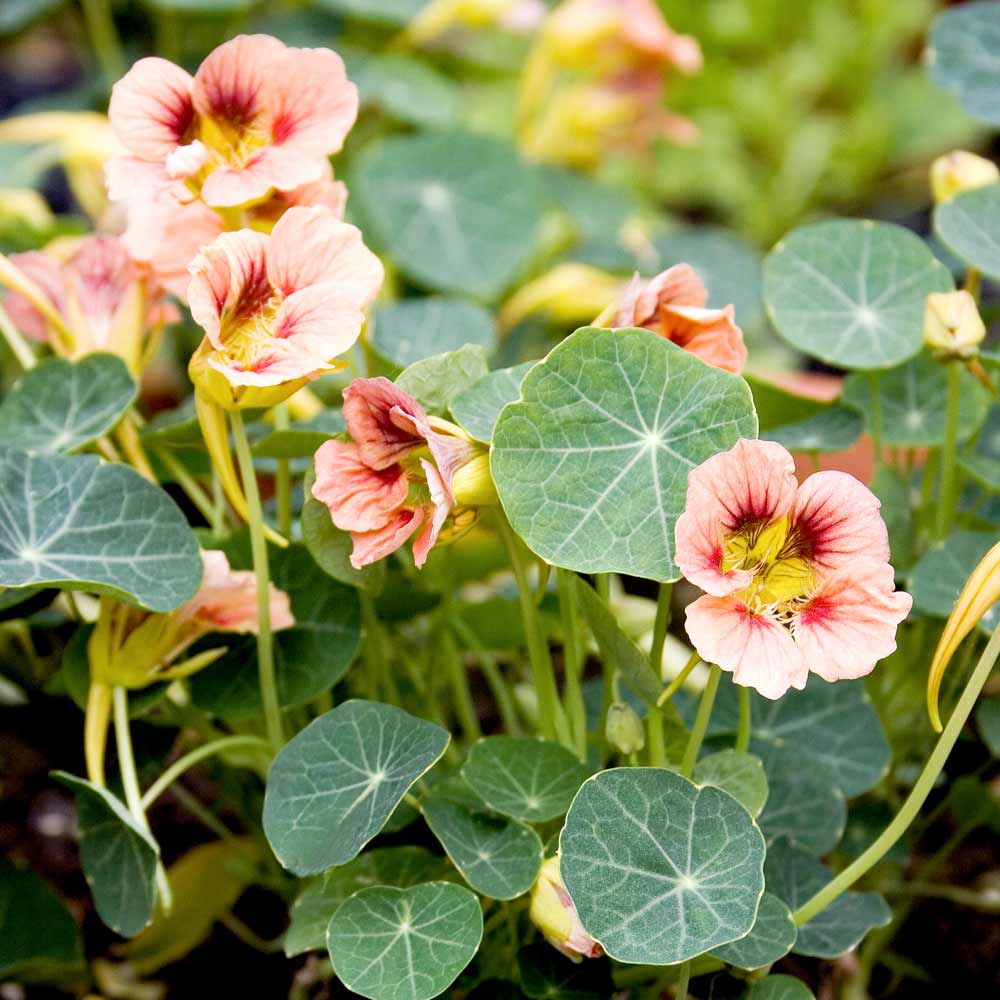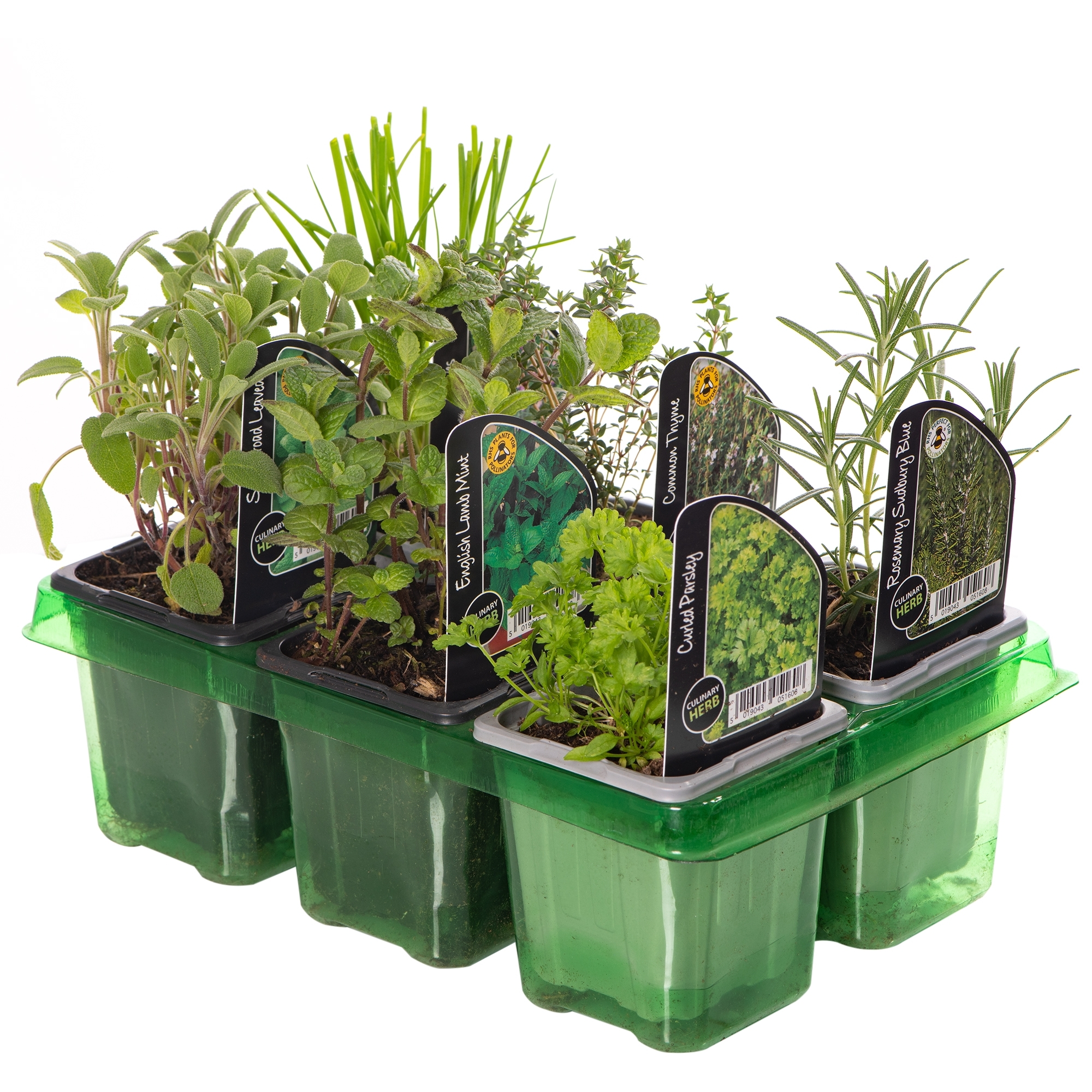Companion planting ideas – 8 plant combinations you need to try for an easy-to-care-for garden
Fewer pests and better harvests? Yes, please!
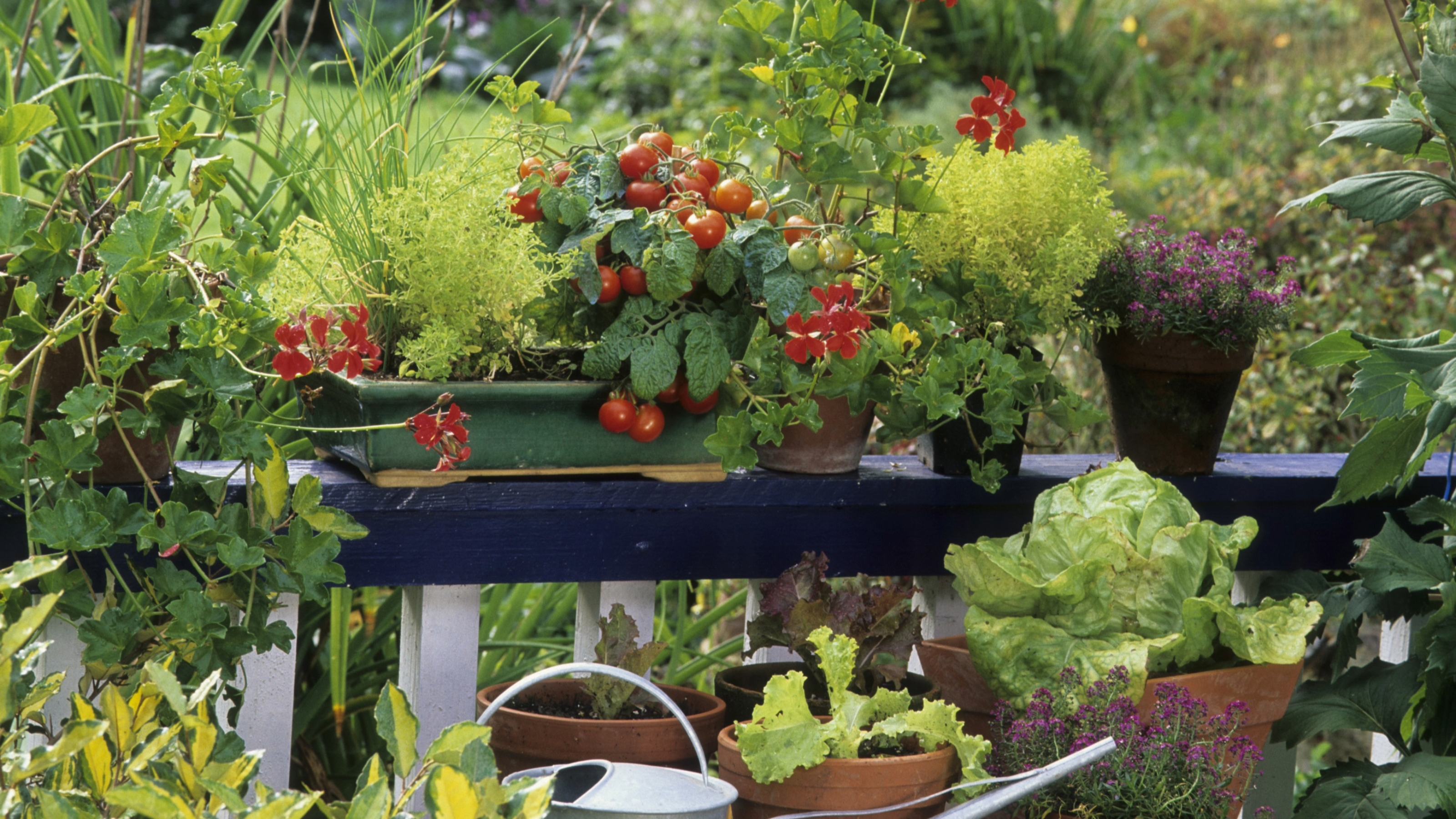

Companion planting is a hot topic throughout the year, and its arsenal of advantages speaks for itself. There are so many companion planting ideas for fruit and vegetables to try, and they all come with a shedload of benefits.
The most obvious reason to give companion planting a go is that when plants have the same growing requirements, planting them next to each other makes it easy to look after them both at the same time.
More popular, though, is the advantage of pest control. Some plants deter pests who would otherwise attack their companions, usually due to their strong scent.
On the other side of the coin, many plants attract beneficial insects which either work to pollinate neighbouring plants or attract predators for pests you're trying to deter. Increased numbers of predatory insects mean fewer pests that are out to damage your plants.
Another enticing benefit of using companion planting when starting a small vegetable patch is that it can make your fruit and vegetables taste better – more on that to come.
Companion planting ideas
With so many combinations to try, it can be difficult to know where to start with companion planting ideas. To help, we’ve rounded up some popular pairings with tips from the experts.
1. Alliums and root crops

This is one of the most popular combinations for vegetable growers. Alliums such as garlic and leeks work well alongside root crops like carrots and turnips. You can learn how to grow carrots in containers, along with garlic, making them an ideal pairing for a small garden idea too.
Get the Ideal Home Newsletter
Sign up to our newsletter for style and decor inspiration, house makeovers, project advice and more.
‘The smell of carrots will deter leek moth from leeks, while the smell of leeks will deter carrot fly from carrots,’ explains John Clifford, director at Gardenstone.
This pairing is a great example of how companion plants can work in tandem with each other.

John Clifford is a director of Gardenstone, a leading garden landscaping retailer based in the UK. With over 30 years in the gardening industry and continual work alongside The National Trust, John has amassed an extensive range of gardening and planting knowledge. Alongside his younger son, John has built a strong reputation for Gardenstone as a trusted source for both high-quality garden products and expert gardening advice.
2. Tomatoes and basil
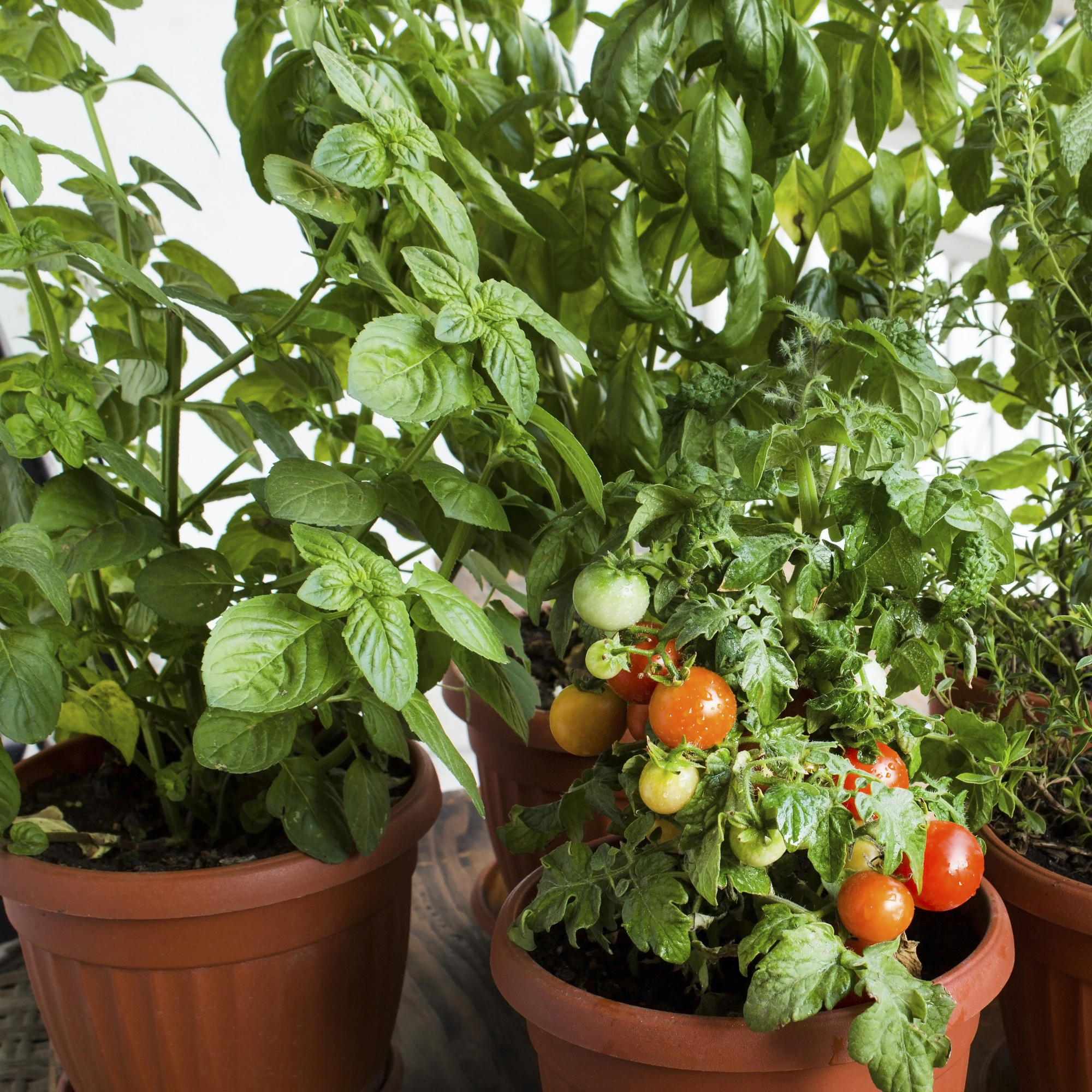
Soup isn’t the only place these two plants work well together, if you're learning how to grow tomatoes this combination is a must. Basil is well known for improving the taste of tomatoes when grown next to each other.
Not only will basil’s strong smell draw whiteflies away from your plants, but many gardeners believe the herb can improve the flavour of your tomatoes.
Plus, basil takes minimal nutrients from the soil, meaning your tomato plants won’t need to compete for the resources they need.
3. Marigolds and tomatoes
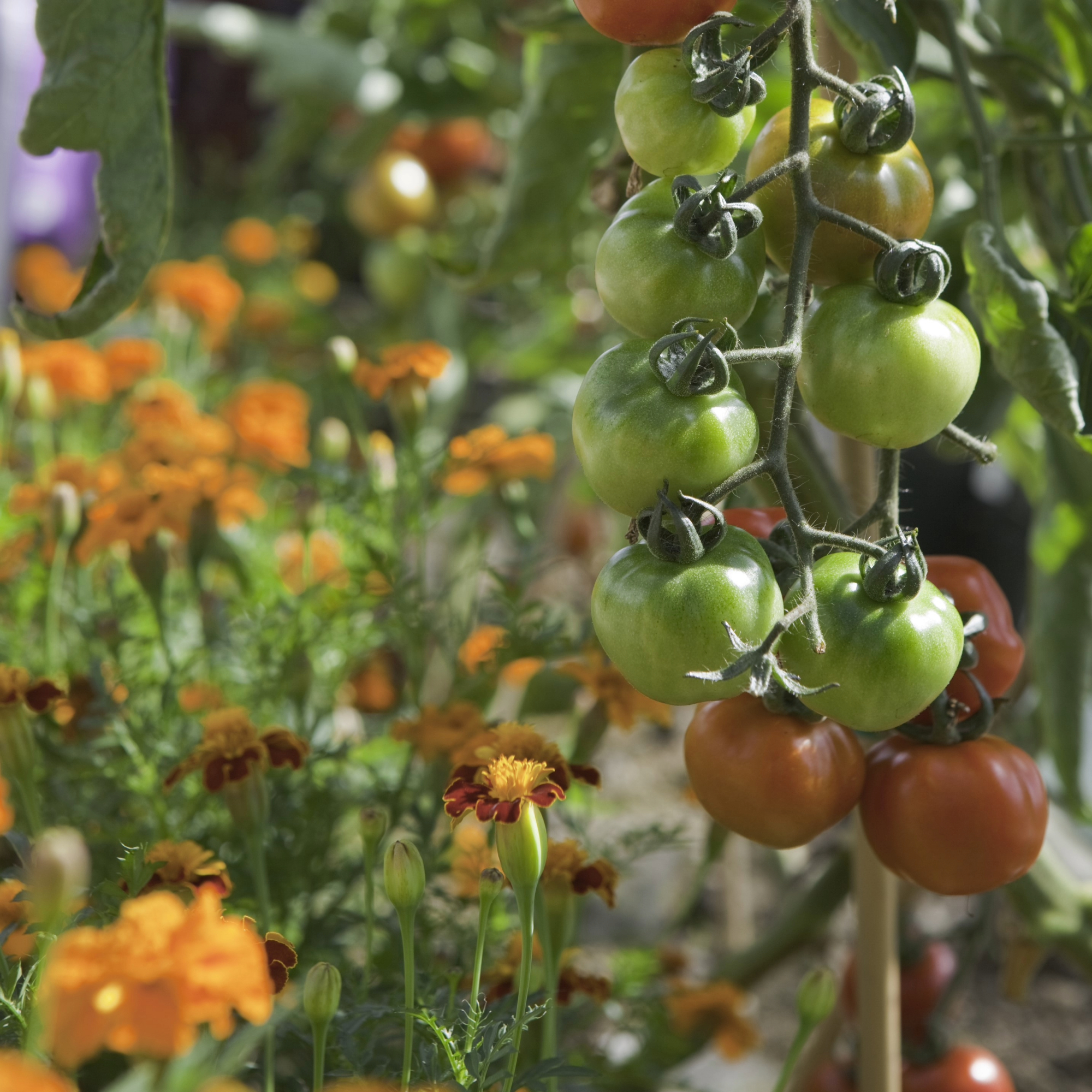
Another great companion for tomatoes are marigolds, says John: ‘Marigolds deter whiteflies, which eat tomatoes and leave them unable to be eaten or used in cooking.
Marigolds also look stunning on the vegetable patch, so they’re a good way to spruce up a growing space.
4. Sunflowers and cucumbers
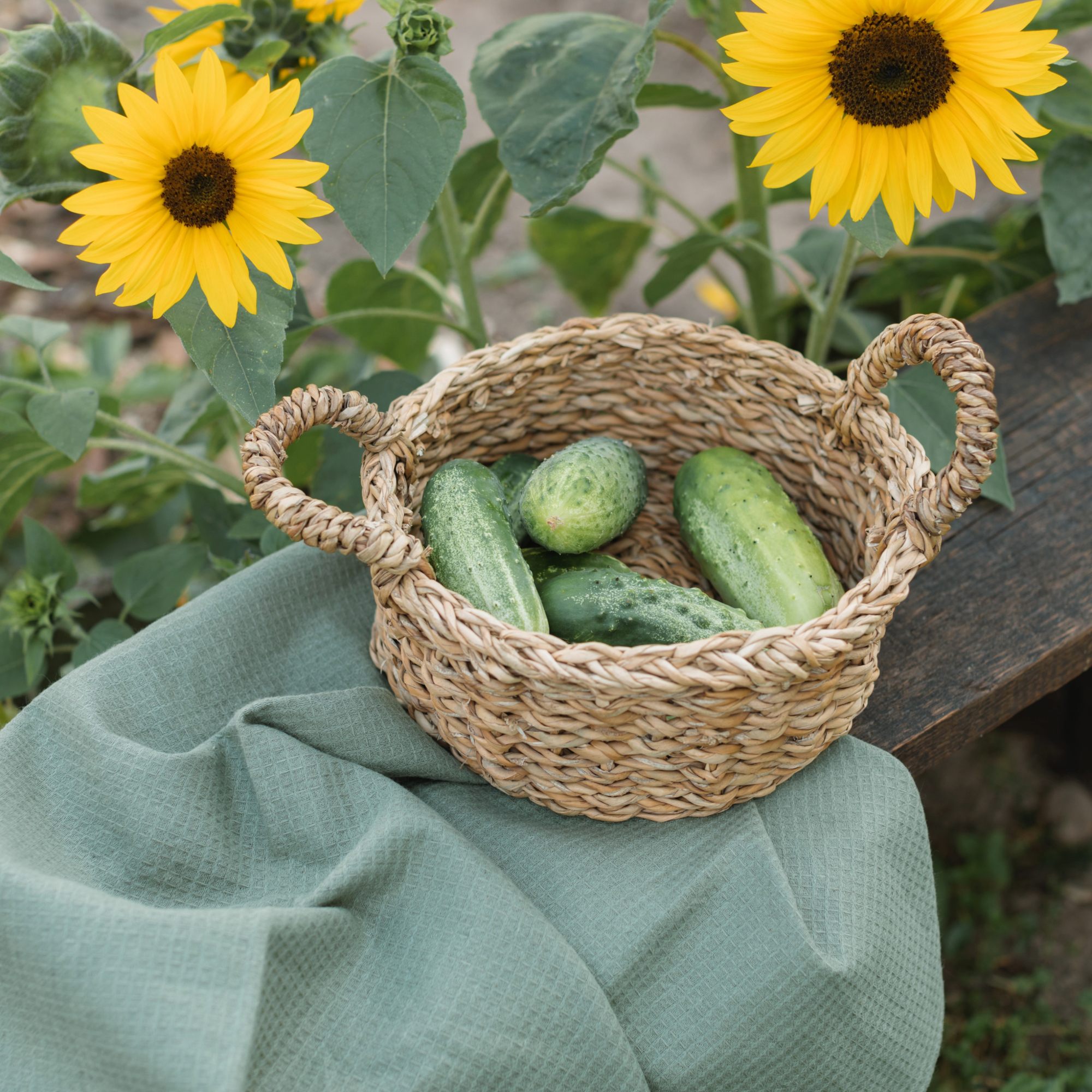
For an aesthetically pleasing pairing, John recommends planting sunflowers and cucumbers together: ‘Sunflowers and cucumbers both require support, so this combination works well.’
Try growing them up a trellis or pergola for a unique feature in the garden.
5. Sage and carrots
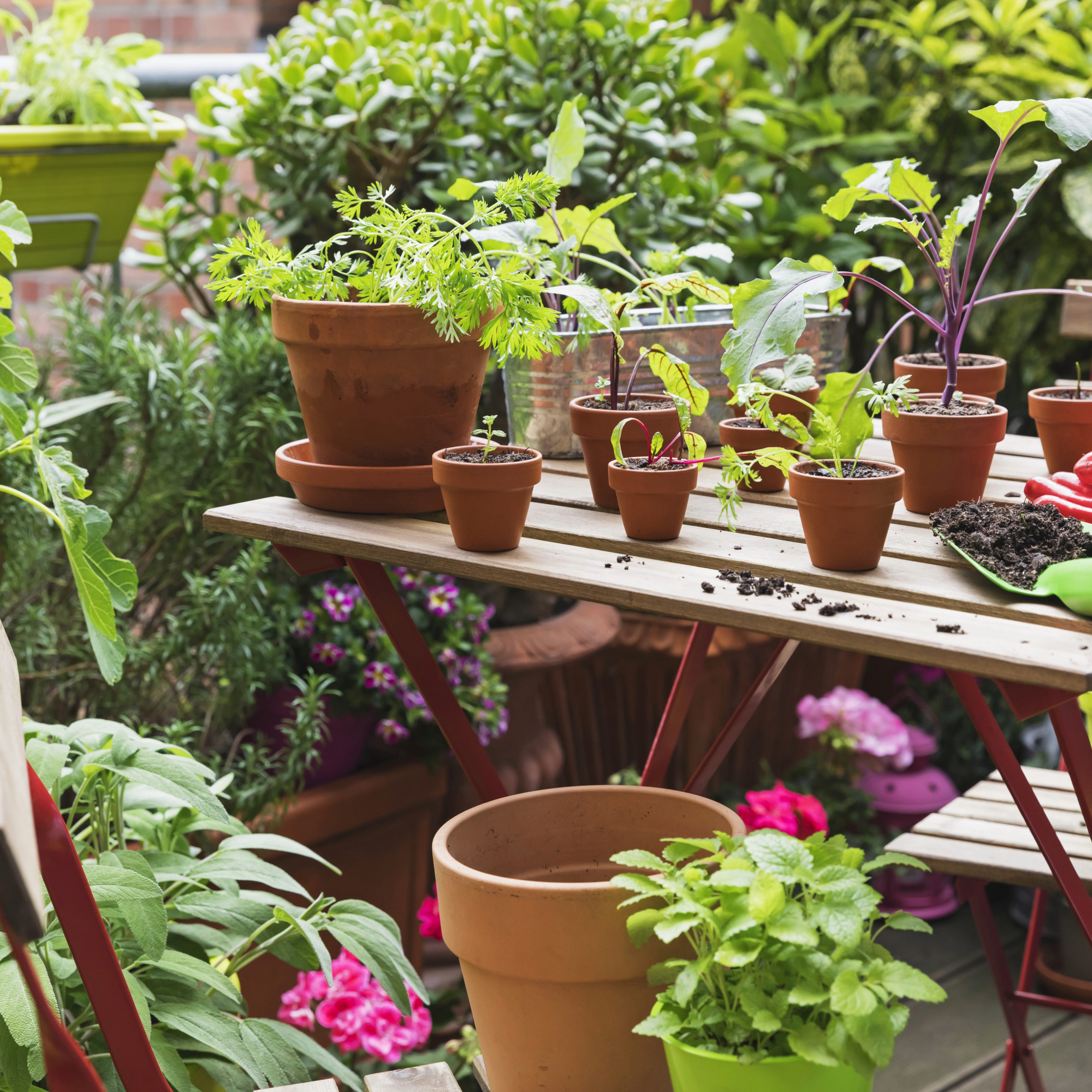
Companion planting to protect carrots from carrot flies is a must from late spring until autumn when they are most vulnerable.
Pungent herbs like sage both deter carrot flies and work to mask the scent of carrots which usually attract the pest.
You could also try rosemary for similar results.
6. Thyme and roses
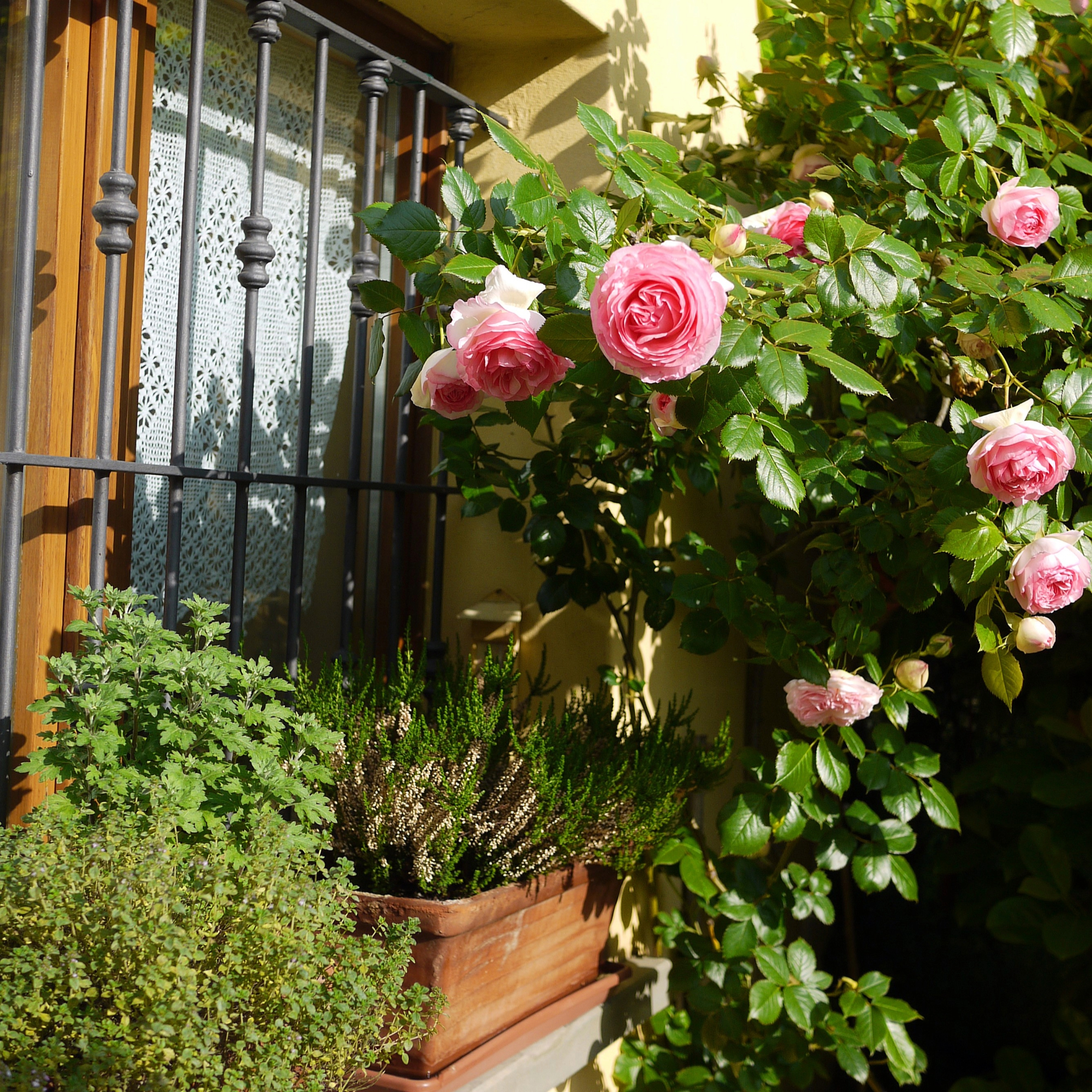
Blackflies could be nibbling your roses before you know it, which is why strong-scented herbs like thyme make a great companion plant.
‘The scent of thyme deters blackflies, which are heavily attracted to roses,’ explains John.
6. Peas and root crops
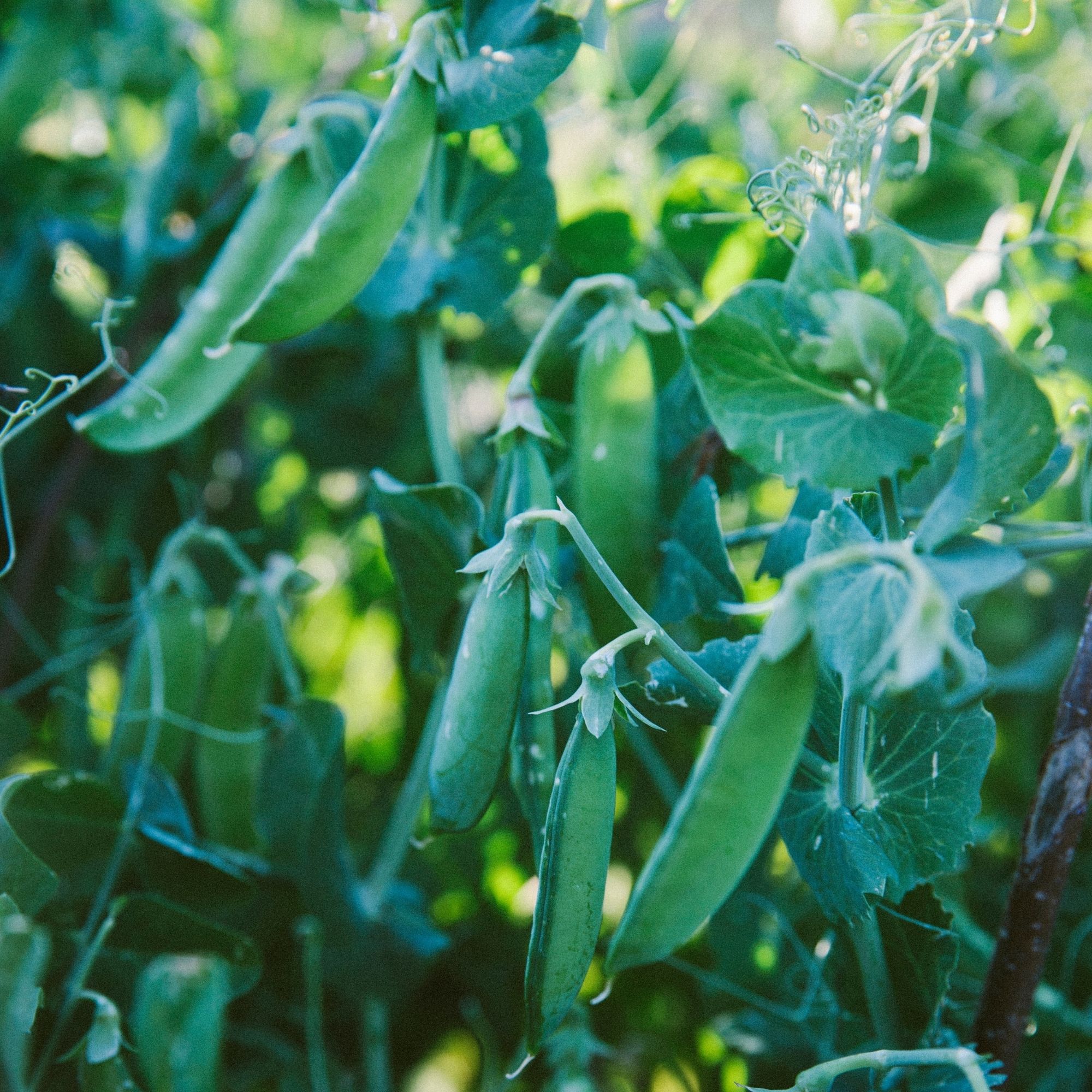
Peas are renowned for being great companions for root crops like radishes and carrots. They fix nitrogen in the soil, providing root vegetables with a key nutrient they need to grow.
Roots like turnips also give back by repelling aphids, from which peas are prone to attack.
7. Nasturtiums and brassicas
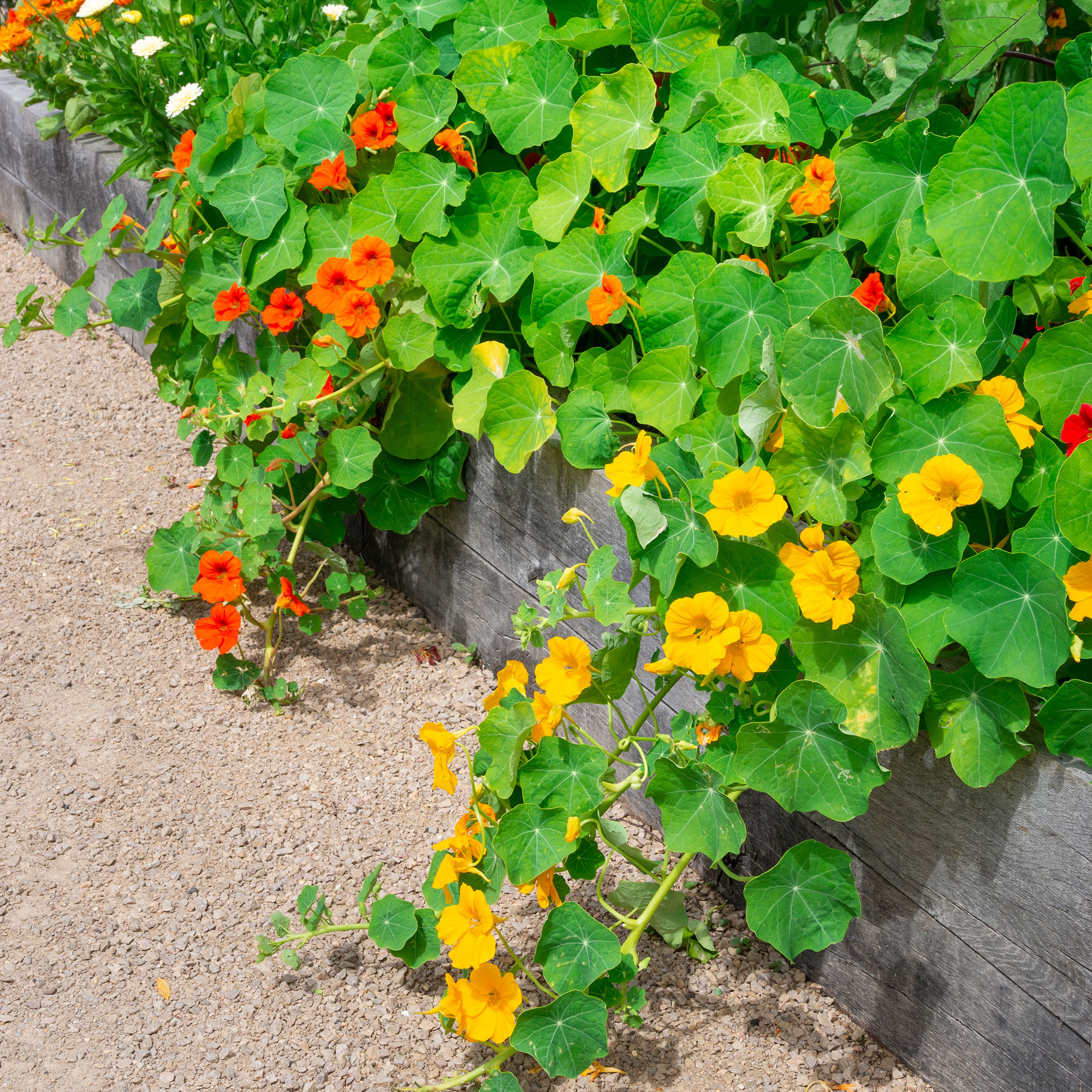
Considered a sacrificial plant, nasturtiums naturally draw slugs, snails and other harmful pests away from your vegetables. Rather than going for your brassicas, these critters will be attracted to the nasturtiums.
When pests choose to feast on sacrificial plants instead, your vegetables stand a better chance of growing unscathed.
Nasturtiums are also fast growers, making them a quick solution to caterpillars and a host of other pests.
Great all-rounders
If you only choose one companion plants to protect your garden from pests make sure it is one of these three:
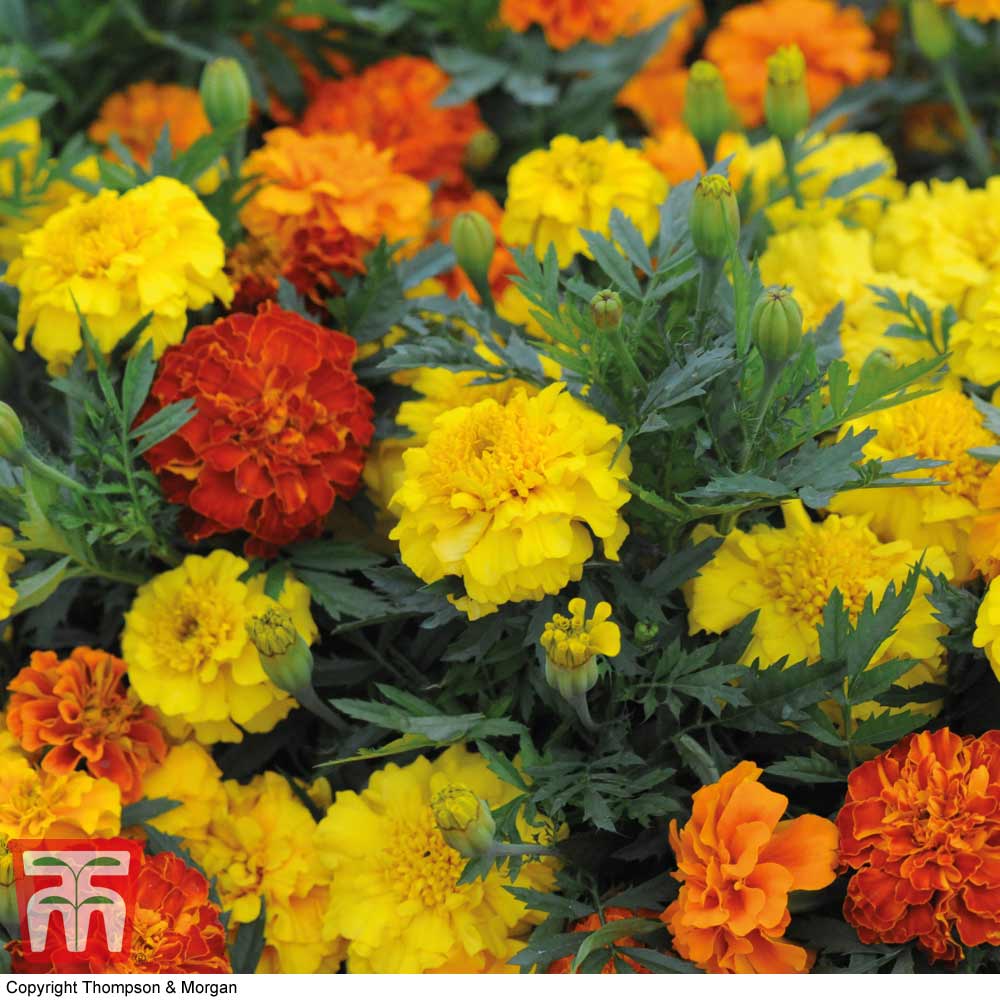
Marigolds attract beneficial insects while deterring the less helpful ones. This French hybrid variety produces crested, carnation-like flowers in reds, oranges, yellows and bicolour shades.
FAQs
What vegetables should not be planted next to each other?
While some vegetable pairings work wonders together, others can do more harm than good.
According to Lucie Bradley, garden and greenhouse expert at Two Wests & Elliott, there are several reasons why some vegetables should not be planted next to each other.
‘Sometimes, one plant might attract insects which will harm the other. For example, you should avoid planting mint next to asparagus and opt for basil instead, which will repel asparagus beetles with its smell.’
Two plants may also compete for the same resource. ‘Tomatoes shouldn’t be grown next to potatoes, as they will compete with each other for the same nutrients,’ says Lucie. When these resources are out of balance for one or both plants, they can suffer stunted or weak growth.
‘Avoid planting garlic or onion next to peas or beans, as they can affect growth. Another combination to dodge is strawberries with any plants in the cabbage family, including cauliflower, broccoli, cabbage and bok choy.’
Plus, they might just prefer different conditions. While some vegetables like shade, others will enjoy full sun, so they aren’t compatible in the same growing space.

Encouraged to garden since she was old enough to walk, Lucie has been working at Two Wests & Elliott since 1997. Originally working alongside the original founders, Mr and Mrs West, until they retired, she has now been fortunate enough to become one of the co-owners. She’s also lucky enough to get to talk to their customers, gardeners both amateur and professional, every day of the week and is always learning as she believes that you can never know everything about gardening as it is always evolving.
Which plants look good together?
If it’s aesthetics you’re focusing on when it comes to companion planting, Lucie has some tips for plants that look good together.
‘What tends to work well are contrasting colours and textures together. You’ll find roses and salvias complement each other, while veronicas (speedwell) really stand out next to coneflowers (echinaecea) due to the contrast in shape and colour.’
‘The bold look of gazania also works well with the contrasting delicate alyssum.’
Which flowers should I plant next to each other?
We’ve covered fruit and vegetables, but what about companion planting ideas for flowers? There are some traditional combinations of flowering plants which always work well together, whether you're looking for cottage garden ideas or inspiration for flowers in pots.
‘I always recommend red roses with lavender,’ says Lucie. ‘Bees can’t see the colour red, so you can improve the blooms of red roses by attracting these essential pollinators by using lavender. These flowers also share the same soil and sun requirements.’
'Calla lilies with catmint are also a great pairing. Although catmint is a herb, it boasts lovely lavender-blue flowers, and its aroma repels aphids which are normally attracted to calla lilies. Both also grow well in the same environment of full or partial shade.’
'Finally, dahlias work well with rosemary. Again, rosemary is a herb, but its strong aroma repeals snails which would otherwise feast on young dahlia plants.’

Sophie joined the Ideal Home team as Gardens Editor in June 2024. After studying English at Royal Holloway, University of London, she began writing for Grow Your Own, which spurred on her love of gardening. She's tried growing almost every vegetable under the sun, and has a soft spot for roses and dinnerplate dahlias.
As Gardens Editor, Sophie's always on the lookout for the latest garden trend. She loves sharing growing hacks for every space, from herbaceous borders to balconies.
-
 Wood drenching is the calming new twist on the colour drenching trend – here’s how to make the look work in your home
Wood drenching is the calming new twist on the colour drenching trend – here’s how to make the look work in your homeIt’s easier than ever to embrace natural materials
By Maddie Balcombe
-
 Aldi is launching a £200 day bed with four different features - its sleek design is suited to the whole family
Aldi is launching a £200 day bed with four different features - its sleek design is suited to the whole familyYou don't want to miss out on this Specialbuy
By Kezia Reynolds
-
 How to set up a drip watering system that saves water and a lot of effort
How to set up a drip watering system that saves water and a lot of effortKeep your plants hydrated (and your water bill down) with this clever garden watering solution
By Natalie Osborn
